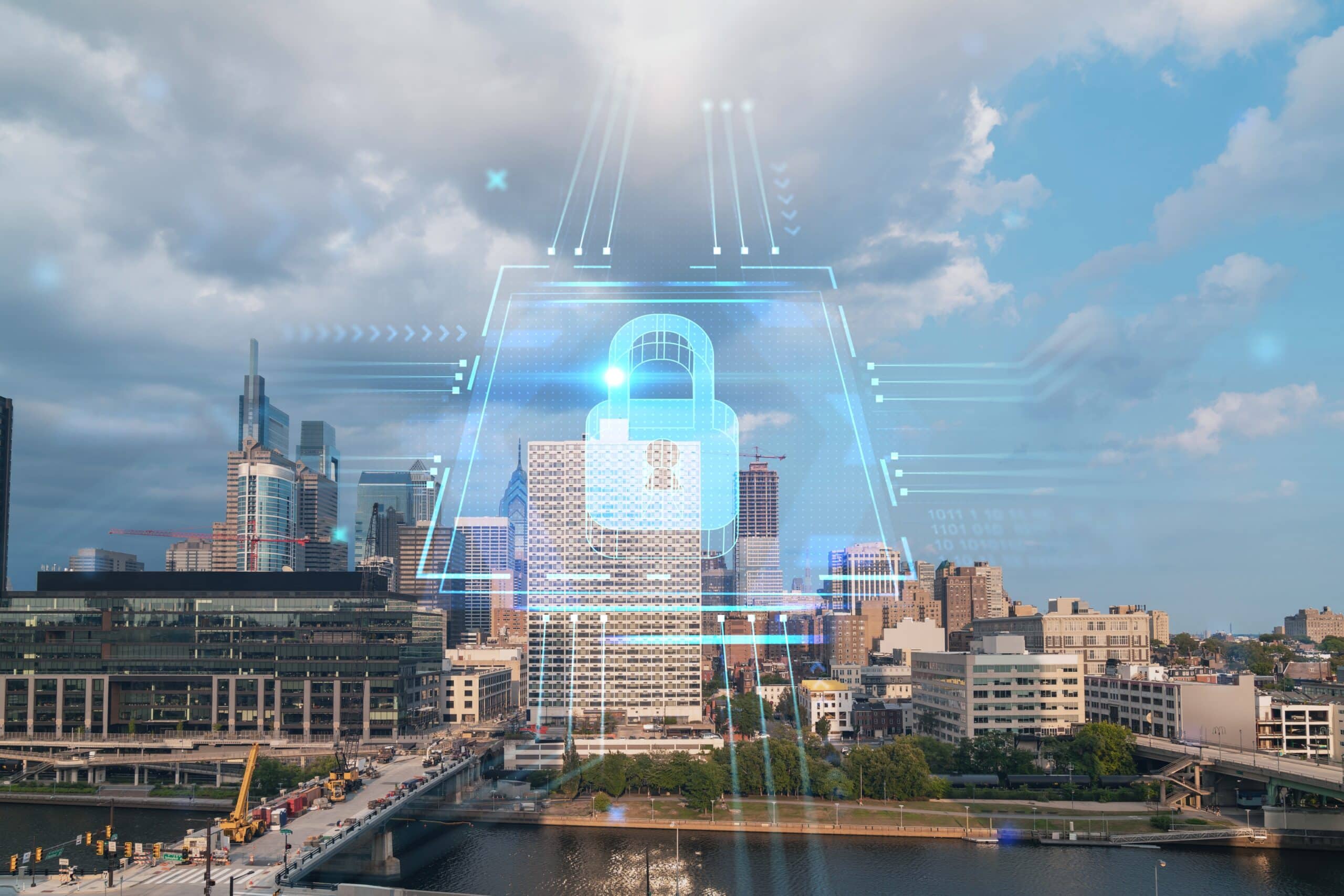
Local government executives shoulder the immense responsibility of ensuring the safety and well-being of their communities. More and more citizen services are moving online, and the pandemic only accelerated digital transformation efforts for local governments. This has led to local government executives needing to look beyond traditional management and oversight for their residents; they now need to understand the risk and consequences associated with the digital realm: cybersecurity threats.
In recent years, local governments have become prime targets for cyber-attacks, with the frequency of these attacks steadily rising. The Center for Internet Security recently released a report noting that local governments saw a 148% increase in malware attacks and 51% more ransomware incidents during the first eight months of 2023, as compared with the first eight months of 2022. In a StateScoop review of the report, they also noted a “313% rise in endpoint security services incidents, such as data breaches, unauthorized access and insider threats.” Just last week, Fulton County, Georgia, fell victim to a ransomware attack that crippled key services, highlighting the vulnerability of local infrastructure and the dire consequences of cyber breaches.
Why are local governments so attractive to cybercriminals?
- Treasure trove of data: Local governments hold a wealth of sensitive citizen data, like social security numbers, financial records, and medical information, making them valuable targets for data breaches.
- Limited resources: Compared to corporations, many local governments operate with smaller IT budgets and limited cybersecurity expertise, making them less equipped to defend against sophisticated attacks.
- Outdated systems: Often, local government infrastructure relies on older, less secure systems, creating vulnerabilities that hackers can exploit.
The Cost of Not Prioritizing Cybersecurity
The effects of a successful cyberattack can be devastating, impacting individuals, businesses, and the entire community. Unfortunately, the consequences can be severe:
- Financial losses: Ransomware attacks can cripple operations, forcing governments to pay hefty sums to decrypt locked data. In a recent Sophos report, they estimated that 34% of local government organizations paid the ransom to recover their encrypted data and restore operations, and that 28% of those organizations reported paying more than $1 million.
- Disrupted services: Critical services like water, transportation, and emergency response can be compromised, hindering public safety and daily life. Last week, Bucks County, Pennsylvania was grappling with a cyber-attack that took down systems used for 911 and emergency dispatch.
- Reputational damage: Negative media coverage and public outcry can severely damage the government’s reputation and public image.
- Erosion of trust: Cyber breaches can damage public trust in the government’s ability to protect sensitive information, leading to citizen cynicism and disengagement. With legal implications at play, local governments have been more reticent to share details about cyber-attacks, which can contribute to distrust.
Common Tactics Used in Cyberattacks on Local Governments
Cybercriminals employ a variety of tactics to gain access to government systems and data. Some of the most common methods include:
- Unpatched systems: Exploiting vulnerabilities is one of the most prevalent ways malicious hackers use to get access to local government systems. In the Sophos study, they noted this was the “most common root ”.
- Phishing emails: Deceptive emails designed to trick employees into clicking malicious links or opening attachments was another tried-and-true tactic used to gain access to a government organization.
- Social engineering: Manipulating employees or officials into divulging information that can enable malicious attackers to gain unauthorized access. This can include anything from children’s names to favorite colors that can be part of an employee’s password or authentication “secrets.”
- Compromised credentials: Many people still reuse passwords across personal and professional accounts. Because of this, when other companies or sites are breached and login details are stolen or sold on the dark web, mapping that data to local government officials and attempting to log in to government systems with passwords from other sites is a fairly successful tactic for malicious hackers.
Taking Action: 5 Tips for Improved Cybersecurity
While the cyber threat landscape may seem daunting, there are steps local government executives can take to strengthen their defenses:
- Conduct a cybersecurity assessment: Identify security vulnerabilities in your systems and data security practices through a comprehensive assessment. Ensure vulnerability assessments are running on continual basis versus once or twice a year.
- Update software and systems: Regularly patch and update software and systems to address known vulnerabilities. Microsoft releases patches once a month on Patch Tuesday; other vendors release detailed patch information on a regular basis. Local government organizations should aim to patch and update software and systems within days of release or shorter if the vulnerability is severe.
- Implement multi-factor authentication (MFA): This adds an extra layer of security by requiring a second verification step beyond just a password.
- Educate employees: Train your staff on cybersecurity best practices, including phishing awareness and password hygiene.
- Develop a cybersecurity incident response plan: Prepare a plan for how to respond to a cyberattack effectively and minimize damage.
Investing in cybersecurity is not just an option; it’s a necessity. By prioritizing cybersecurity, local government executives can safeguard vital data, protect their communities, and ensure the continued smooth operation of critical services. Remember, a proactive approach to cybersecurity is far more cost-effective and less disruptive than responding to a full-blown attack.
If you are a local government executive looking for support in developing a strong patching strategy and continuous vulnerability management process, Syxsense Solution Architects are here to help. Schedule a meeting today.







